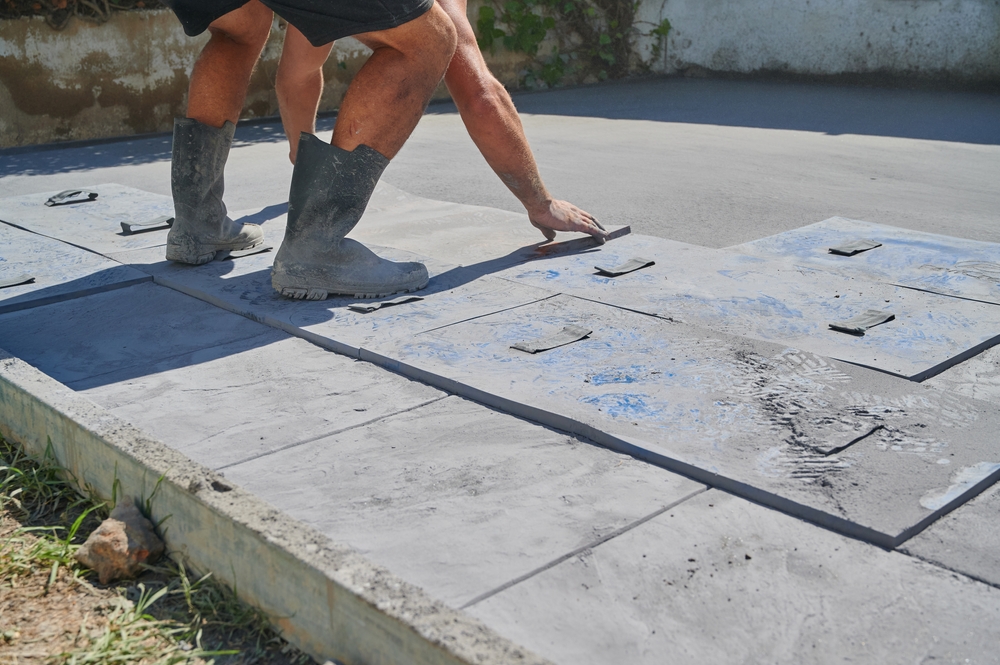
What Has Changed Recently For Concrete Molding?
July 1, 2024 5:46 pm Leave your thoughtsConcrete molding techniques and materials have seen significant advancements in recent years, driven by innovations in technology and sustainability. From traditional methods to modern approaches, the industry has evolved to meet the demands of efficiency, durability, and environmental consciousness. This blog explores the key changes and trends shaping concrete molding today.
Advancements in Materials and Techniques
Insulated Concrete Form (ICF) Systems
One of the notable advancements in concrete molding is the widespread adoption of Insulated Concrete Forms (ICFs). These forms consist of lightweight, interlocking units that serve as permanent formwork for reinforced concrete. The primary advantage of ICF systems lies in their insulation properties, which enhance energy efficiency in buildings. By integrating insulation within the concrete structure, ICFs improve thermal performance, reduce energy consumption, and provide soundproofing benefits. This innovation has revolutionized the construction industry by offering a sustainable solution that meets stringent building codes and energy standards.
Blow-Molded Plastic Forms
Another significant development in concrete molding technology is the use of blow-molded plastic forms. These forms are created through a process where molten plastic is inflated into a mold cavity, resulting in lightweight, durable formwork solutions. Blow-molded plastic forms are preferred for their versatility, as they can be easily customized to meet specific project requirements. They offer advantages such as reduced labor costs, faster assembly times, and enhanced structural integrity. Moreover, their recyclability makes them a sustainable choice compared to traditional wood or metal forms.
Technological Innovations
3D Printing in Concrete Molding
The emergence of 3D printing technology has also impacted the concrete molding sector. By using specialized concrete mixes, 3D printers can create intricate and customized molds with precision and speed. This capability allows architects and engineers to explore complex designs that were previously impractical or costly to achieve. 3D printing in concrete molding not only streamlines the manufacturing process but also minimizes material waste and optimizes construction timelines. As this technology matures, it is expected to further revolutionize the way concrete components are fabricated and installed in various applications, from residential buildings to infrastructure projects.
Automation and Robotics
Automation and robotics have increasingly been integrated into concrete molding processes to enhance efficiency and consistency. Automated systems can handle repetitive tasks such as formwork assembly, concrete pouring, and finishing with greater precision and speed than manual labor. Robotics enable precise control over variables such as concrete mix consistency and curing conditions, resulting in higher-quality end products. This shift towards automation not only improves productivity but also addresses labor shortages in the construction industry while ensuring safer working environments.
Environmental Considerations
Sustainable Practices
In response to growing environmental concerns, the concrete molding industry has embraced sustainable practices across its operations. This includes using eco-friendly materials, optimizing energy consumption during manufacturing, and implementing recycling programs for waste materials. Sustainable concrete molding aims to reduce carbon footprints and minimize environmental impact throughout the lifecycle of construction projects. Innovations such as bio-based formwork materials and carbon-neutral concrete mixes are paving the way for greener construction practices that prioritize environmental stewardship without compromising structural integrity or performance.
Circular Economy Initiatives
Circular economy principles are increasingly influencing concrete molding practices by promoting resource efficiency and waste reduction. Manufacturers are exploring closed-loop systems where materials are reused or recycled at the end of their service life. By designing for disassembly and recycling, concrete formwork can contribute to a circular economy model where materials retain their value and minimize landfill waste. These initiatives not only align with regulatory requirements and industry standards but also position concrete molding as a sustainable solution for future construction needs.
Future Trends and Outlook
The future of concrete molding is poised for further innovation and growth driven by technological advancements, sustainability goals, and evolving market demands. Key trends to watch include the development of advanced formwork materials, integration of smart technologies for real-time monitoring and optimization, and continued exploration of alternative construction methods such as modular and prefabricated components. As the industry continues to evolve, collaboration between stakeholders—architects, engineers, manufacturers, and policymakers—will be crucial in shaping a resilient and sustainable built environment.
Conclusion
Recent years have witnessed transformative changes in concrete molding, from the adoption of Insulated Concrete Forms (ICFs) and blow-molded plastic forms to advancements in 3D printing and automation. These innovations not only enhance efficiency and durability but also underscore a growing commitment to sustainability and environmental stewardship. As the industry embraces these changes, concrete molding is poised to play a pivotal role in shaping the future of construction, offering solutions that meet the evolving needs of a rapidly changing world.
Need a Plastic Fabrication Company in Orem, UT?
Categorised in: Concrete Molding
This post was written by admin
